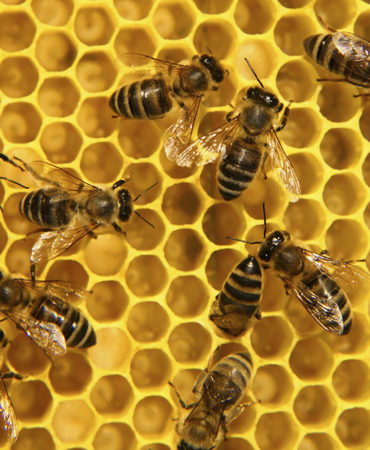Honeybee secretions such as royal jelly or “queen” substance are used to feed queen larvae to make them develop into sexually mature females. It is also known that secretions inhibit ovarian development in worker bees.
Honeybee secretions consists mainly of 10-hydroxy-2E-decenoic acid and 9-oxo-2E-decenoic acid, respectively. Sabrina Castellano and co-workers at the Università di Salerno, Italy report for the first time the multigram scale syntheses of honeybee secretions. The team used a TEMPO catalyzed oxidation of readily available alcohols and subsequent Doebner-Knoevenagel reaction between the resulting aldehydes and malonic acid. The syntheses are cheap and metal-free.
Find out more about the total synthesis by downloading the full paper for free:
Straightforward, Metal-free, and Stereoselective Synthesis of 9-Oxo- and 10-Hydroxy-2(E)-decenoic acids, Important Components of Honeybee (Apis mellifera) secretions
Ciro Milite, Monica Viviano, Marisabella Santoriello, Fabio Aricò, Gianluca Sbardella, and Sabrina Castellano
RSC Adv., 2012, Accepted Manuscript, DOI: 10.1039/C2RA20275A, Paper
This article also features in Chemistry World. Read the full story and get more details about potential antitumour activity of honeybee secretions here.











